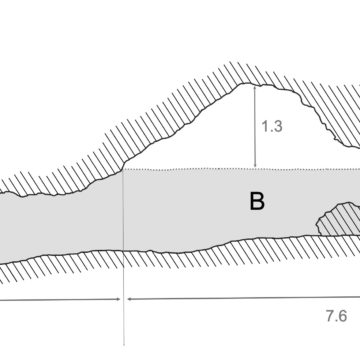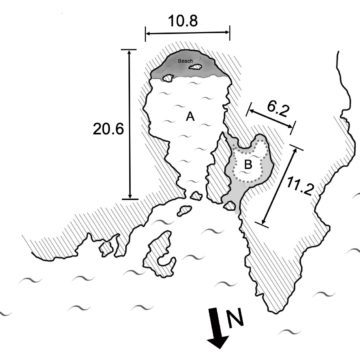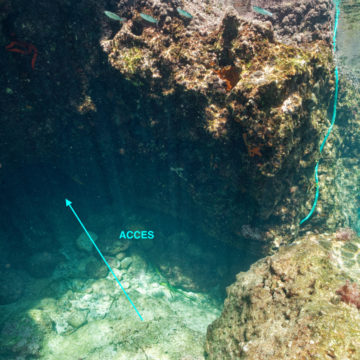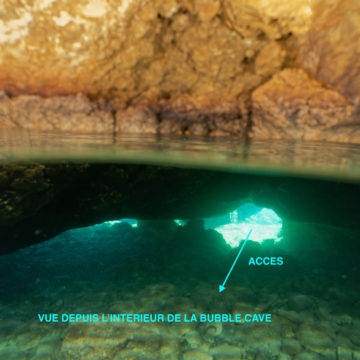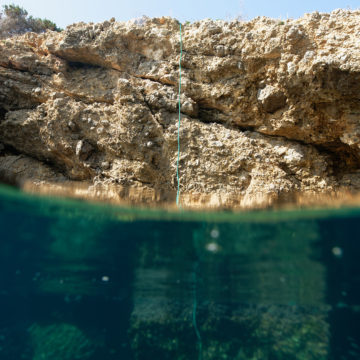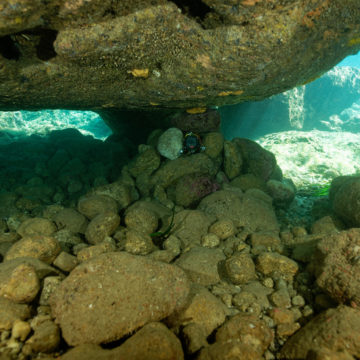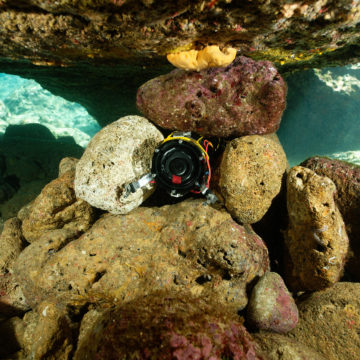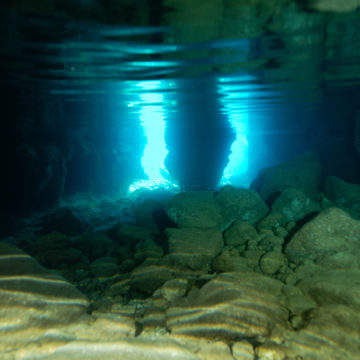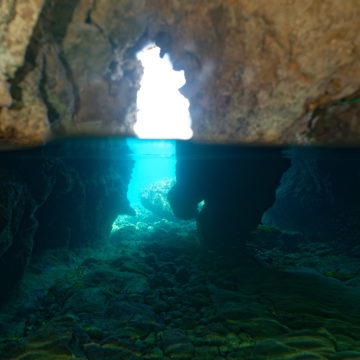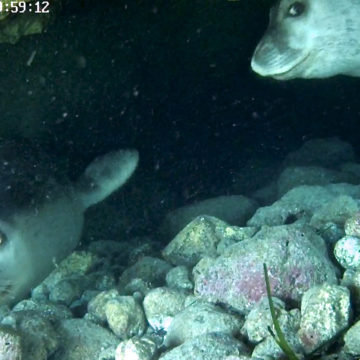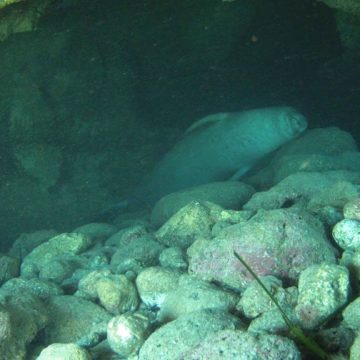The Ionian Sea is a refuge for Mediterranean monk seals, a key species that has been threatened for many years.
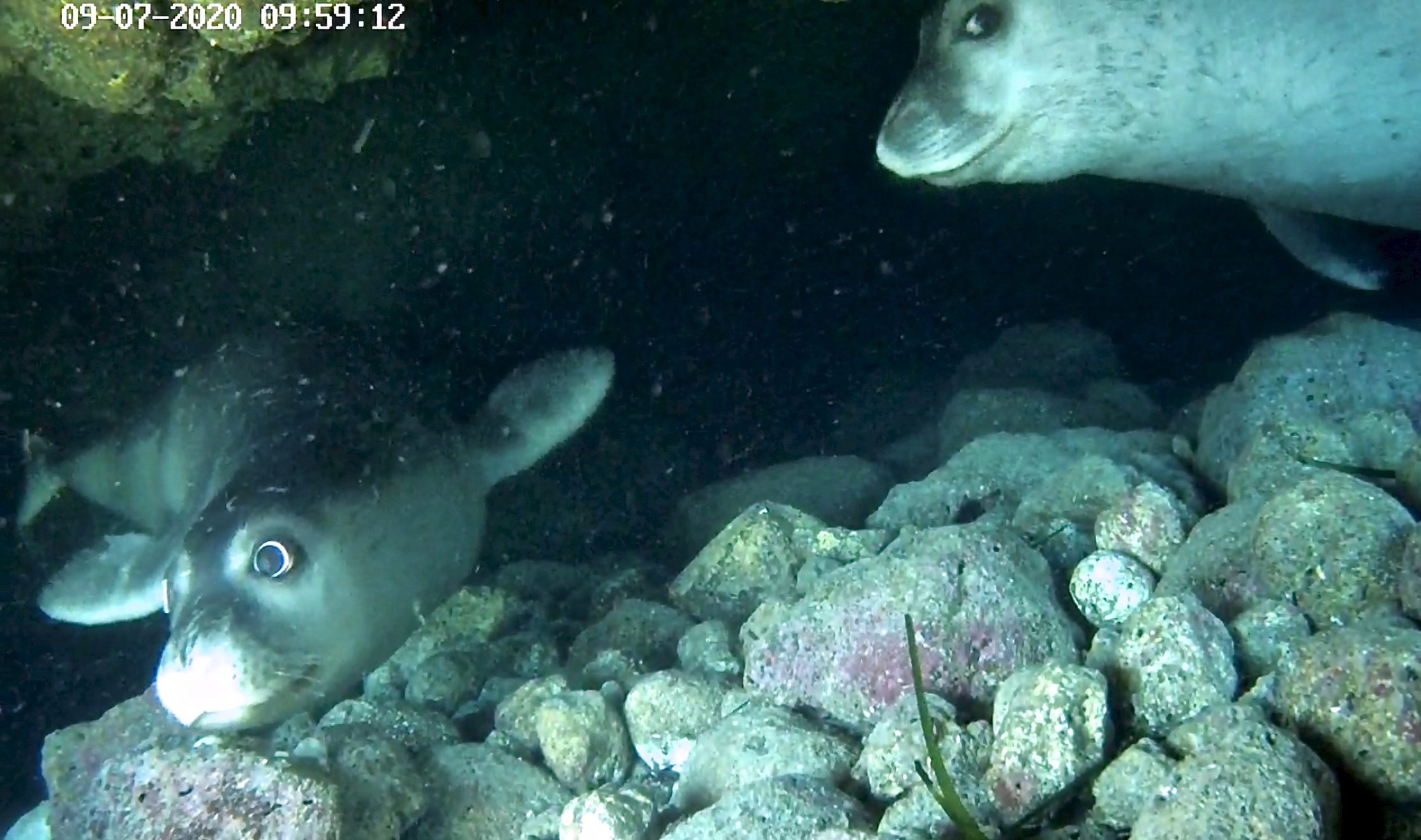
Today, thanks to conservation efforts and especially improvements in knowledge, the population of this emblematic marine mammal seems to be doing better. Even after years of research, these animals never fails to surprise the biologists who study them.
 In 2021, the Octopus Foundation team faced a mystery. In a monitored area in the Ionian Islands, several seals were observed daily swimming. Yet, they were mysteriously absent from the caves where our autonomous cameras were installed. Where could they possibly hide ?
In 2021, the Octopus Foundation team faced a mystery. In a monitored area in the Ionian Islands, several seals were observed daily swimming. Yet, they were mysteriously absent from the caves where our autonomous cameras were installed. Where could they possibly hide ?
While scouting the area in front of the main cave, we realized that there was a small underwater entrance (about two meters deep) leading to a cavity where there was an air pocket.
An idea was forming: are the seals using this cavity as a shelter, to hide and rest while always remaining in the water?
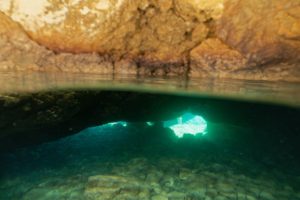 It’s important to know that monk seals are timid animals, always maintaining its distance with humans. They are rarely seen on open beaches, as they have evolved to prefer hidden places such as caves.
It’s important to know that monk seals are timid animals, always maintaining its distance with humans. They are rarely seen on open beaches, as they have evolved to prefer hidden places such as caves.
This “new” underwater cave, accessible only by a submerged tunnel, seems to be the ultimate haven. But to have access to the resting spot and monitor the animals’ activity, we were going to have to develop a waterproof camera…
Fortunately, this “new” cave is located right next to a cave that we have been studying for several years using an autonomous system consisting of two cameras, a 3G router, a battery and a solar panel . It was possible to add a third camera to this already working system.
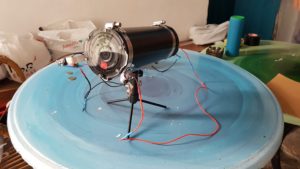 The novelty was was the numerous challenges that are linked to sea water, pressure, and… the teeth of an underwater carnivore. After months of R&D and testing, we were ready to test our first underwater monitoring prototype.
The novelty was was the numerous challenges that are linked to sea water, pressure, and… the teeth of an underwater carnivore. After months of R&D and testing, we were ready to test our first underwater monitoring prototype.
This new module is made up of three parts: The waterproof casing is made of an aluminum tube and acrylic caps (1). Sold by Blue Robotics, it withstands pressure equivalent to several hundred meters deep. Inside the tube is a POE camera (power-over-ethernet) that has been slightly modified (2). Its protective cap has been cut to fit against the acrylic plate and its wall mount has been removed. Finally, a sturdy SFTP Ethernet cable passes through a cable gland (3) in the rear plate of the box to connect to the general control box of the kit where the 12V battery is.
In July 2020, this first prototype was connected to our autonomous kit. In manual mode and thanks to the 3G/4G router, we can trigger photos and videos remotely at will. In automatic mode, our underwater camera has been set to take a photo every 15 minutes. The results were immediate, and exceeded our expectations by far. The photos and videos quickly showed that several seals intensely use this submerged cave day and night.
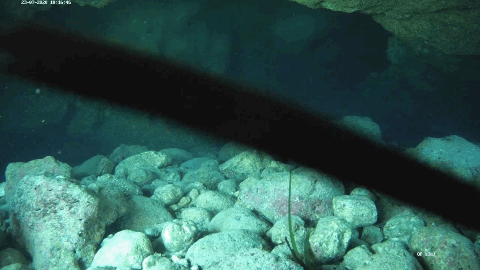
Right after installation, the seals investigated this new object that appeared in their environment. Quickly, the novelty faded and they resumed their daily lives, providing crucial data to researchers. Unfortunately, this first experience only lasted two weeks, because the waterproofness was not perfect and water ended up in the casing, ruining the electronics.
The following year, in June 2021, after improving the sealing, our efforts were rewarded. The underwater camera recorded 124 days (about four months) of underwater activity. Until a violent storm hit the area and the waves eventually destroyed a piece of Ethernet cable. However, we managed to recover our camera to find that everything inside the tube was still in perfect condition and could therefore be reinstalled in the future.
The extensive use of underwater and beach caves with no beach has greatly surprised and interested biologists working on the subject. It is possible that this discovery will lead to a re-evaluation of what constitutes the habitat of Mediterranean monk seals!
This project was done in partnership with Ionian Dolphin Project and Kosamare.

